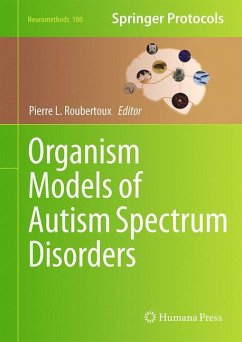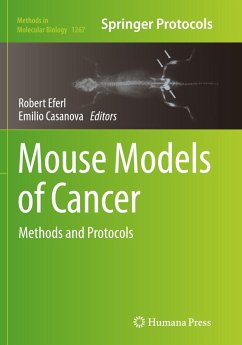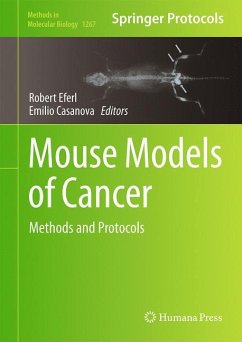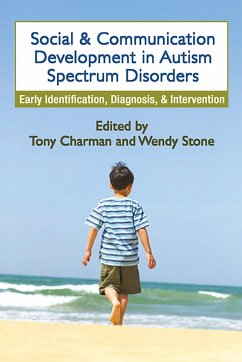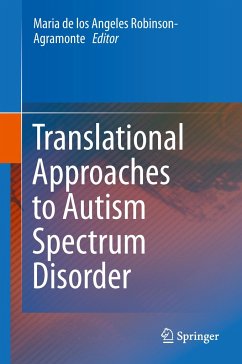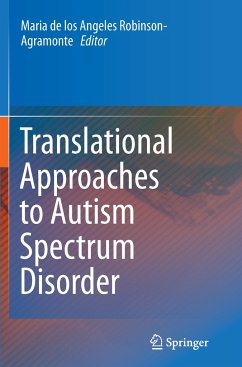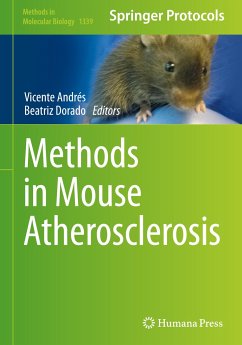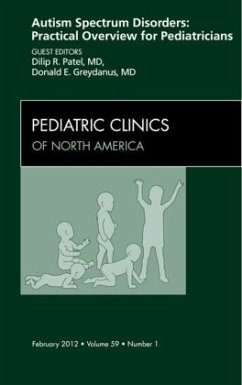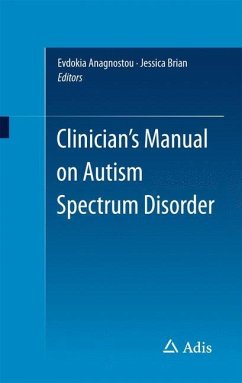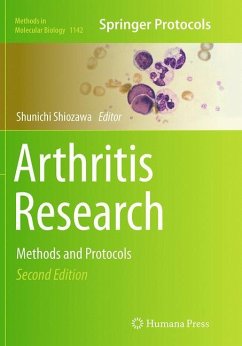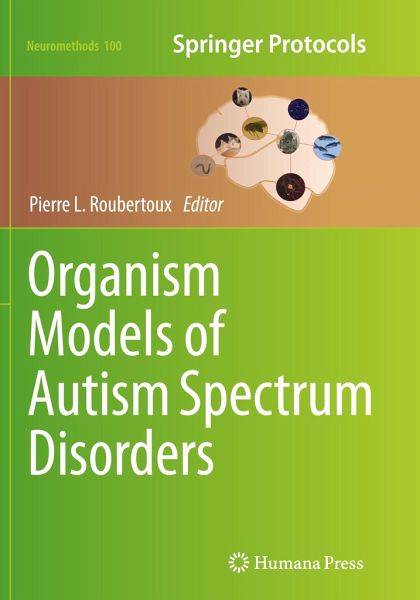
Organism Models of Autism Spectrum Disorders
Versandkostenfrei!
Versandfertig in 6-10 Tagen
85,99 €
inkl. MwSt.

PAYBACK Punkte
43 °P sammeln!
As autism is associated with many rare diseases, this extensive bench book examines how no one single model can be used; multiple organism models are needed, each one corresponding to one of the diseases or to one aspect of a disease. Split into five sections, Organism Models of Autism Spectrum Disorders explores selecting the good species for the specific disease, modeling autism spectrum disorders (ASD) at the brain level, studying communication and social interactions, using vertebrates or invertebrate models of ASD as defined by DSM-5R, as well as pursuing models of diseases associated wit...
As autism is associated with many rare diseases, this extensive bench book examines how no one single model can be used; multiple organism models are needed, each one corresponding to one of the diseases or to one aspect of a disease. Split into five sections, Organism Models of Autism Spectrum Disorders explores selecting the good species for the specific disease, modeling autism spectrum disorders (ASD) at the brain level, studying communication and social interactions, using vertebrates or invertebrate models of ASD as defined by DSM-5R, as well as pursuing models of diseases associated with an increased incidence of ASDs. Written for the respected Neuromethods series, this detailed volume contains the kind of insight and useful, practical advice that ensures more successful results in the lab.
Comprehensive and handy, Organism Models of Autism Spectrum Disorders will benefit psychiatrists and geneticists, as well as behavioral researchers who, realizing how important it is to improve their knowledge through more molecular approaches, are looking for the most suitable organisms.
Comprehensive and handy, Organism Models of Autism Spectrum Disorders will benefit psychiatrists and geneticists, as well as behavioral researchers who, realizing how important it is to improve their knowledge through more molecular approaches, are looking for the most suitable organisms.



